8 Quick Tips to Choose the Right Wood for Your CNC Project

Selecting the right wood for your CNC project is not always easy. There are endless options and many characteristics that must be taken into account from durability and strength to water resistance and aesthetics. To help you to determine what kind of solid wood or sheet material your design should be made from, this blog post will highlight some properties and applications of the most common types of wood.

Solid wood
Hardwood
Hardwood comes from deciduous trees which are typically slow growing, therefore producing denser wood than faster growing species (which produce softwood). The slower growth ensures that the wood is more durable and therefore suitable for a range of uses.
Common hardwood species: Oak, Ash, Birch, Beech, Walnut, Mahogany, Teak.
Common uses of hardwood in CNC projects: construction materials (flooring, cladding, beams), furniture, boat-building.
Standard thicknesses (mm): 15, 20, 26, 28, 40, 42, 60
Softwood
Softwood comes from conifers which grow at a quicker pace than hardwood species, making the wood flexible and lighter as it is less dense. In addition, it can be impregnated, which gives the softwood a longer life. If this is the case, softwood also becomes more suitable for outdoor use.
Common softwood species: Pine, Douglas Fir, Cedar, Spruce.
Common uses of softwood in CNC projects: construction materials (door and window frames), furniture, fibreboard.
Standard thicknesses (mm): 15, 20, 26, 28, 40, 42, 60

Sheet materials
Plywood and concrete plywood
Plywood consist of three or more thin layers of wood glued together. The layers can be either hardwood or softwood - for example, birch or poplar. Plywood is good to use for the construction of such things as tabletops and other woodwork indoors.
Concrete plywood is a plywood variant that consists of layers of spruce or poplar wood, finished with a smooth and waterproof layer of epoxy resin. This makes it very suitable for outdoor applications. Think for example of garden furniture. Concrete plywood is quite heavy and relatively pricey.
Common uses of plywood in CNC projects: furniture, shelving, interior walls, cabinetry.
Standard thicknesses (mm): 3, 4, 6, 8, 10, 12, 15, 18, 21, 22, 25, 27, 30, 38
MDF
MDF stands for Medium Density Fibreboard. It is made by pressing wood chips under high pressure and gluing them together. The result is a smooth panel that can be cut like wood and easily milled, painted or lacquered. However, should you wish to screw MDF, it is best to pre-drill it to prevent splitting. MDF cannot be used outdoors, but indoors it has many uses.
Common uses of MDF in CNC projects: wardrobes and cabinetry, furniture.
Standard thicknesses (mm): 6, 9, 10, 12, 16, 18, 21, 22, 24, 25, 27, 28, 30, 38, 40
Chipboard
Chipboard consists of compressed and glued wood chips and is relatively heavy compared to other board materials. In addition, it has little structural strength. However, the cost is very low compared to other types of boards. Chipboard is often used to level floors before laminate or carpet is laid. It has a rough texture and is less suitable for visible work.
Common uses of chipboard in CNC projects: furniture carcasses, cabinetry.
Standard thicknesses (mm): 8, 10, 12, 16, 18, 22, 25, 28, 38, 48
Top layers
Veneer
Veneer is a thin layer of wood that can be applied to sheet material (e.g. MDF). The veneer is made of real wood, which when properly treated is often indistinguishable from solid wood. The inside of furniture is often made of MDF and covered with a layer of veneer. This also reduces the chance of deformation.
Standard thicknesses (mm): 0.6, 1, 4, 19
Melamine
Melamine is a layer that can be applied to chipboard. This layer consists of a so-called melamine resin. Various finishes are possible: from matte and glossy to various wood designs. The material is applied with pressure and heat and the resin makes the coating stick to the wood. The melamine coating provides a wear-resistant surface, which is a great advantage, especially for furniture that is used a lot, such as a dining table.
Standard thicknesses: 10, 12, 16, 18, 22, 25, 28, 38
HPL
HPL (High Pressure Laminate) - also called laminate or plastic sheet - consists of a mix of paper pulp and phenolic resin with a hard top layer of melamine resin. Because the various layers are laminated under high pressure, the result is a dimensionally stable, hard board that can be used for many applications. HPL panels are widely used in commercial and residential construction because they are resistant to all weather conditions.
Standard thicknesses: 0.7, 0.8, 0.9
Conclusion
Understanding what type of wood you want to work with, where it comes from and what is best used for can help you to design CNC projects that are sustainable, durable and cost effective. Still not sure what type of wood you should use? Cutr can help you navigate fluctuating material prices, pair you with the best suppliers and connect you with our vetted network of manufacturers to help get your project cut.
Find out more about CNC services
Related articles:
6 ways to reduce the cost of your CNC project
Upload your design file and get a quote
within days
Quality production with trusted production network.
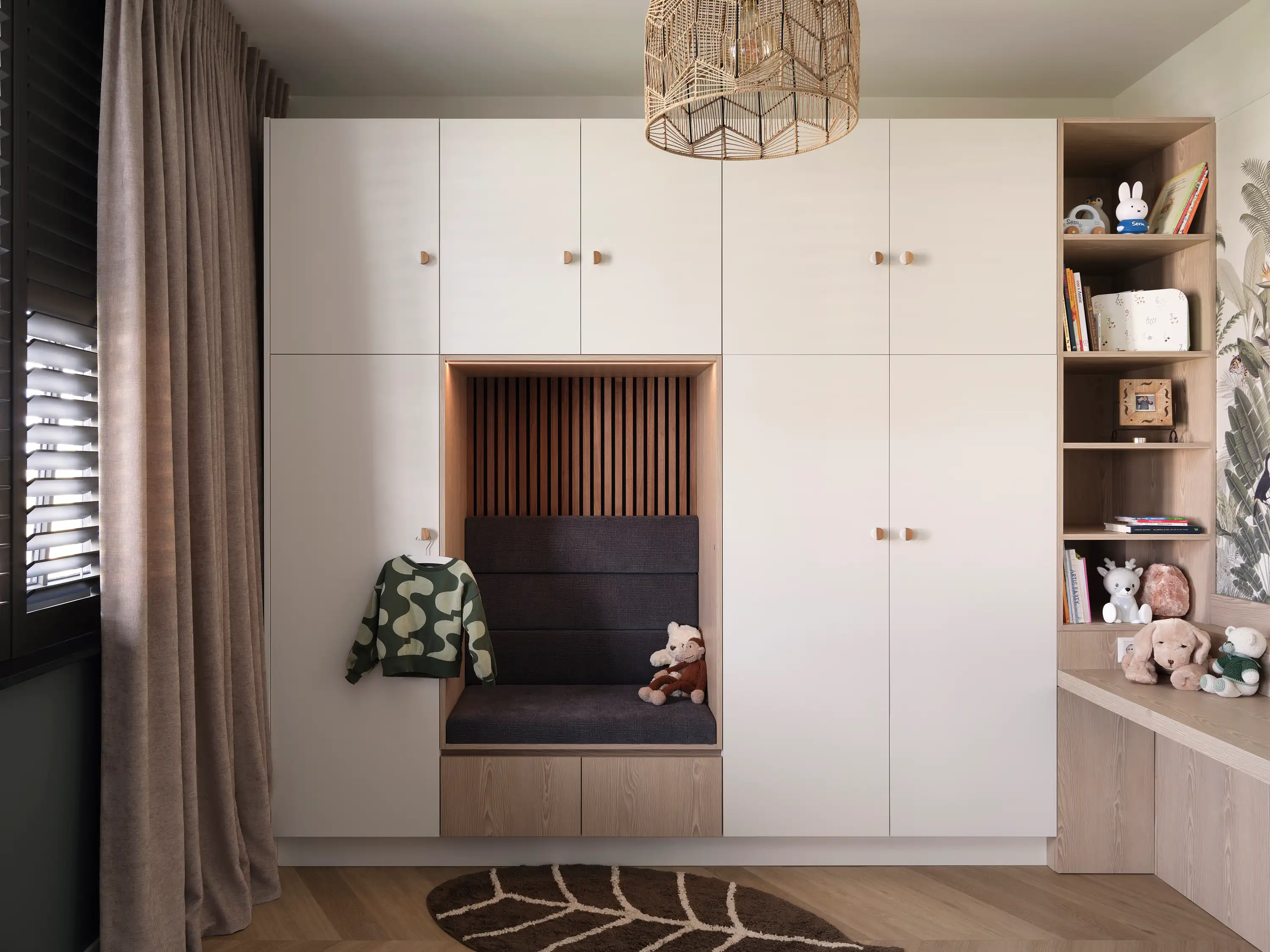
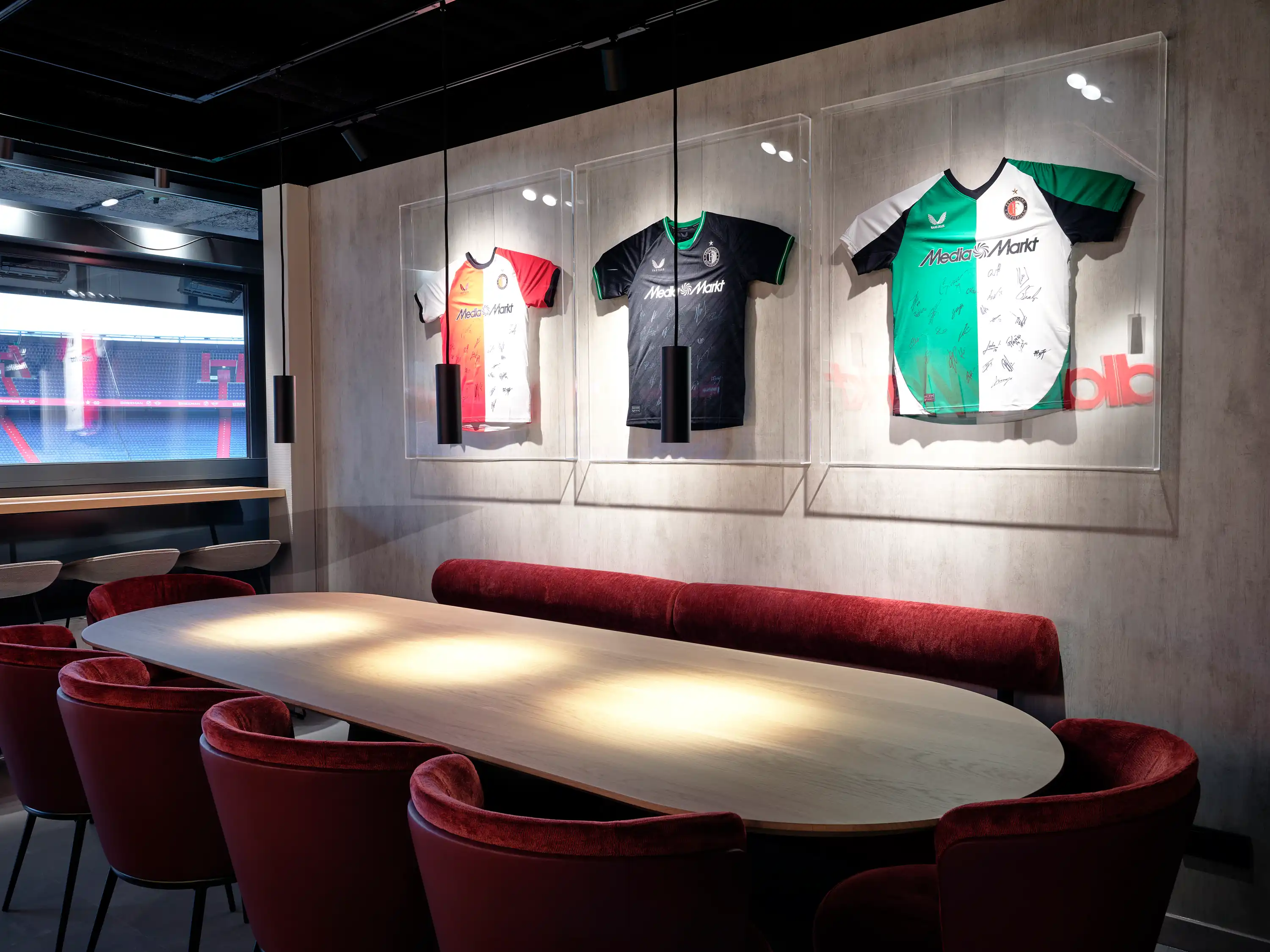
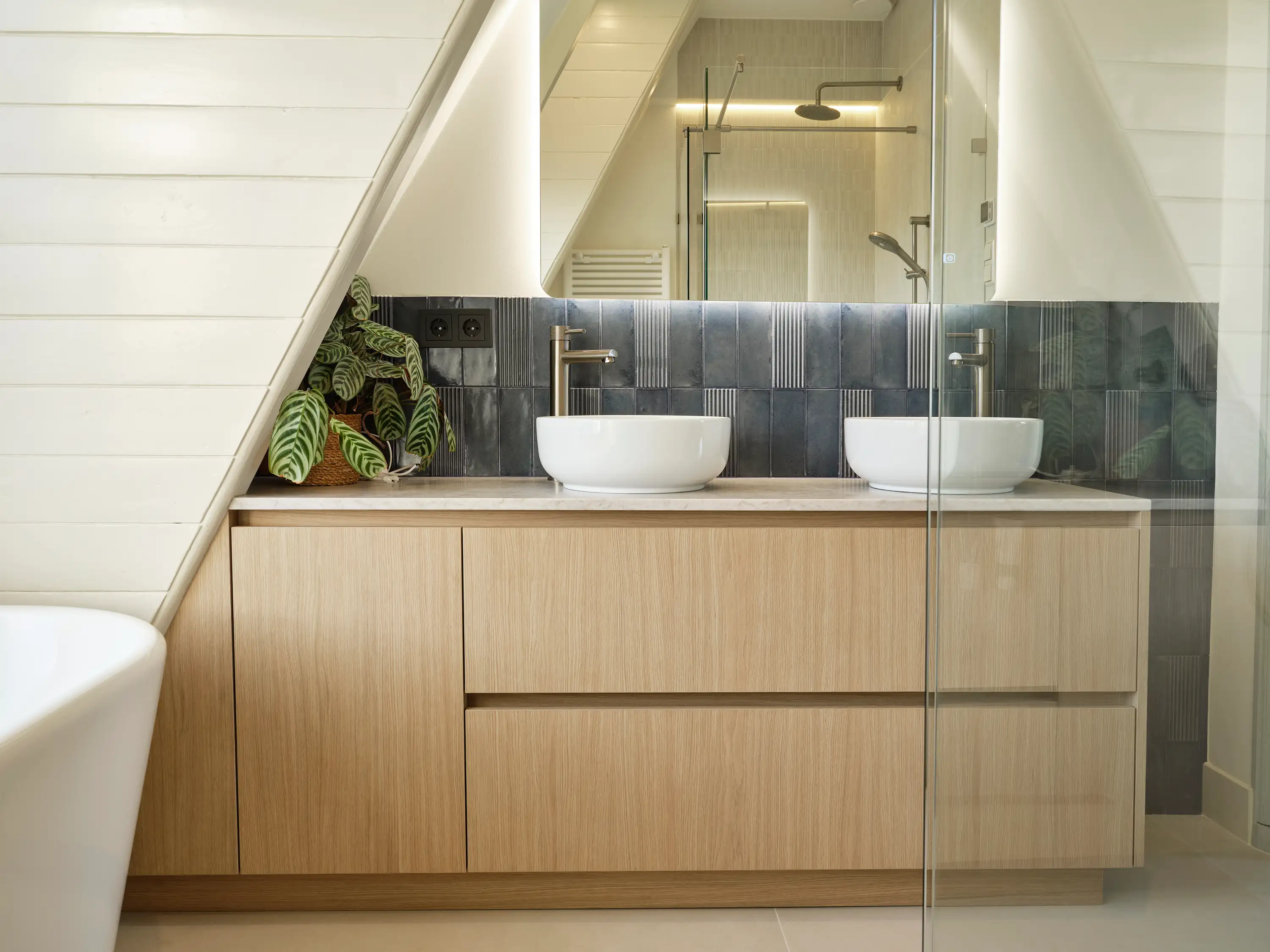
%20(1).webp)
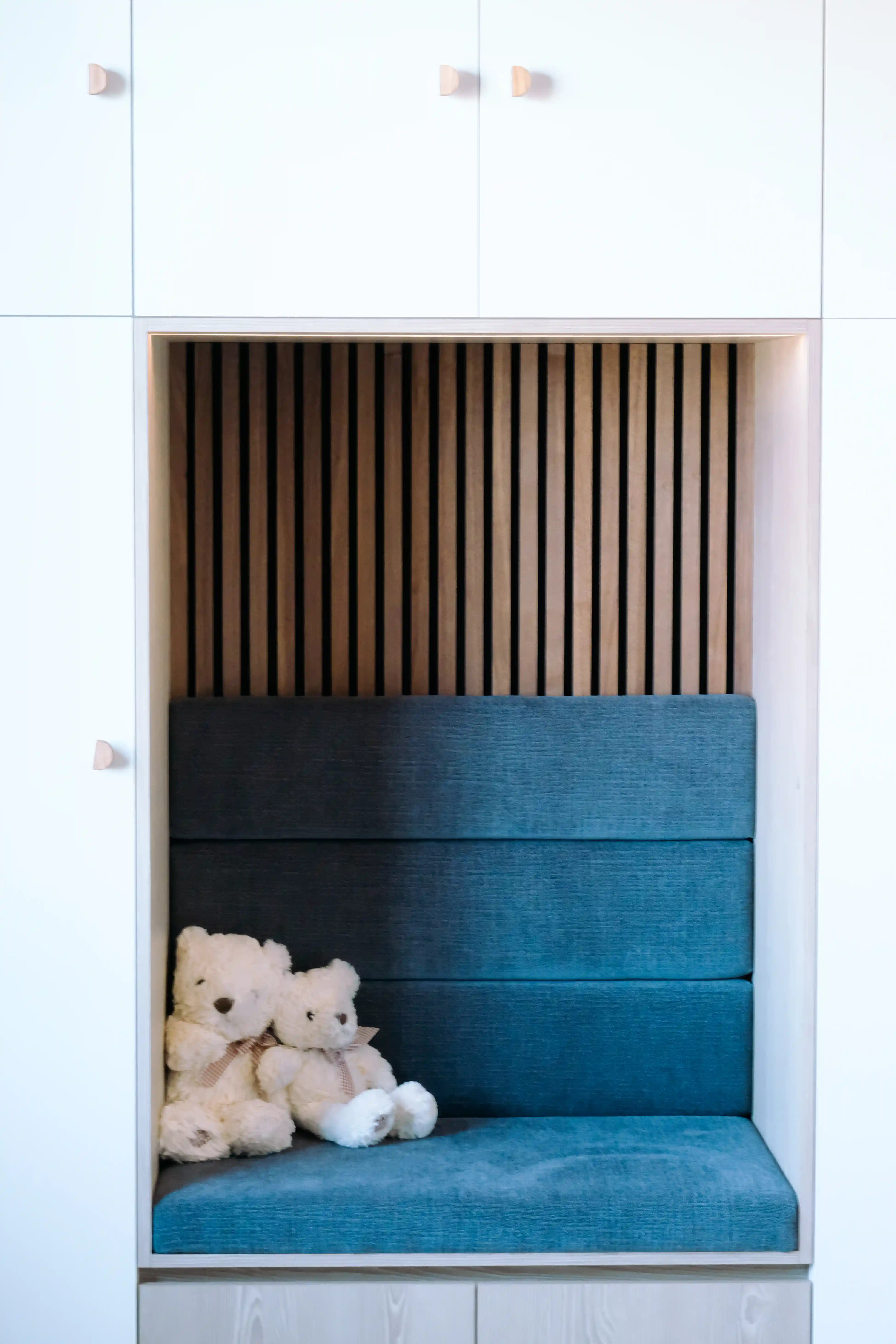
.webp)
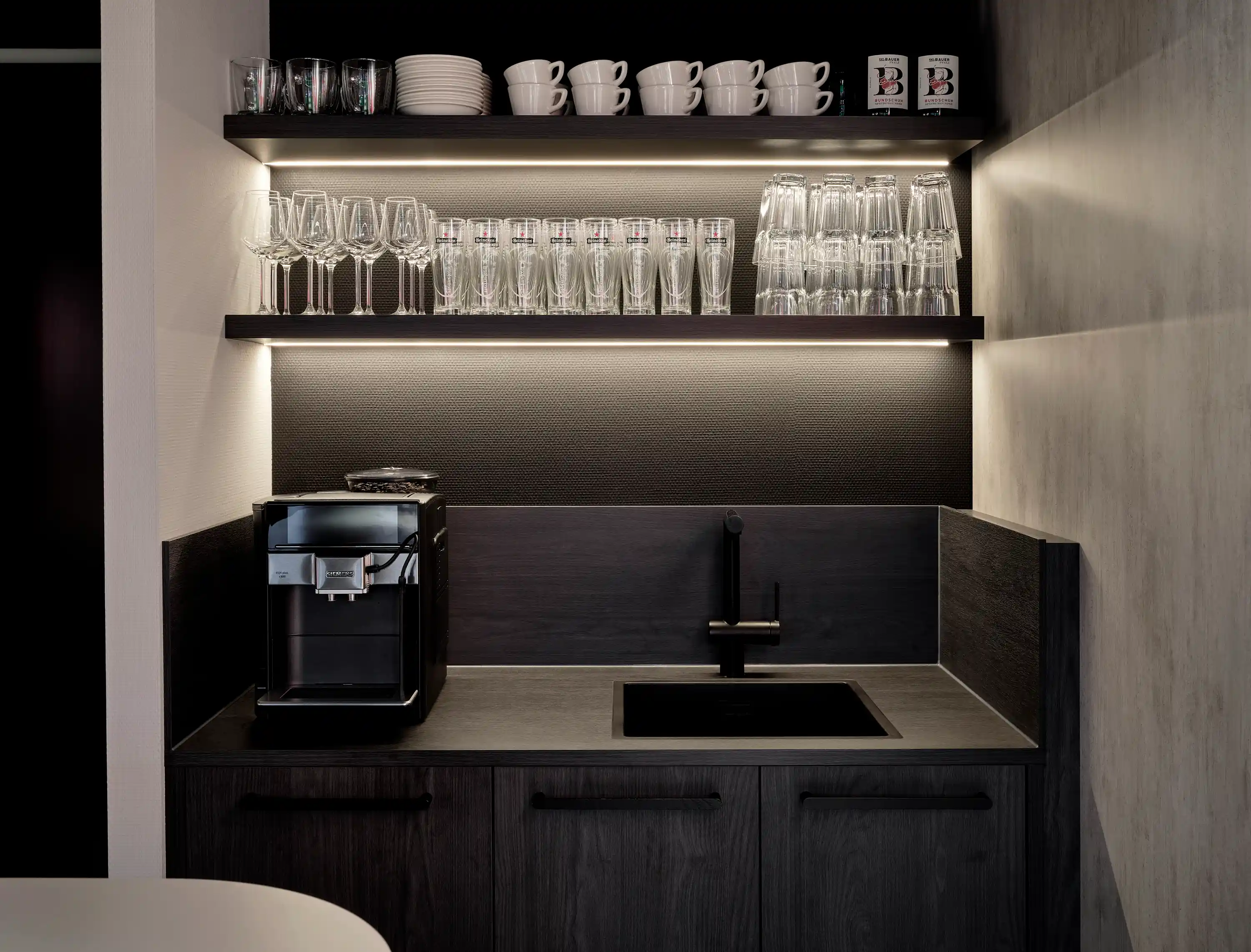
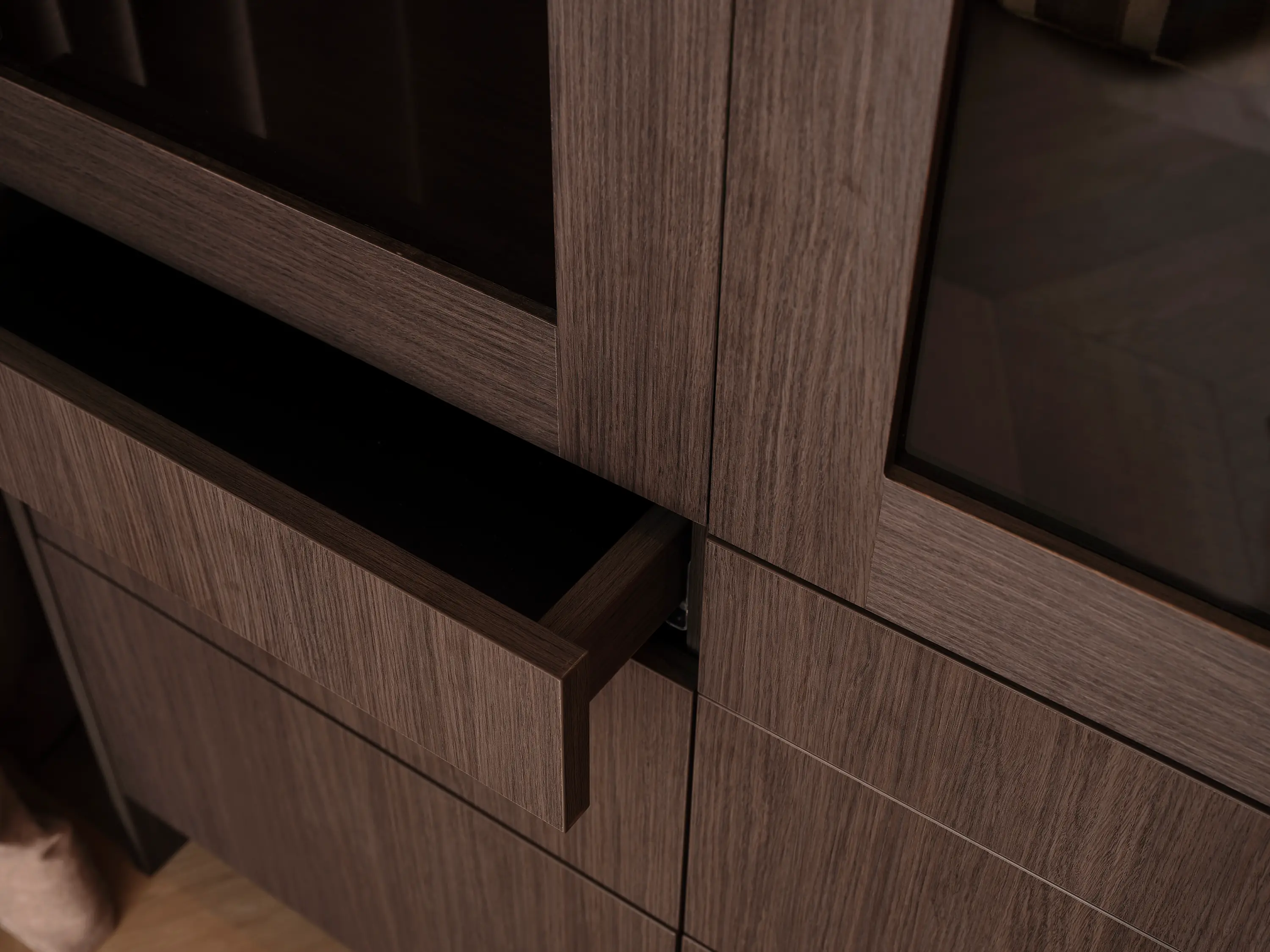
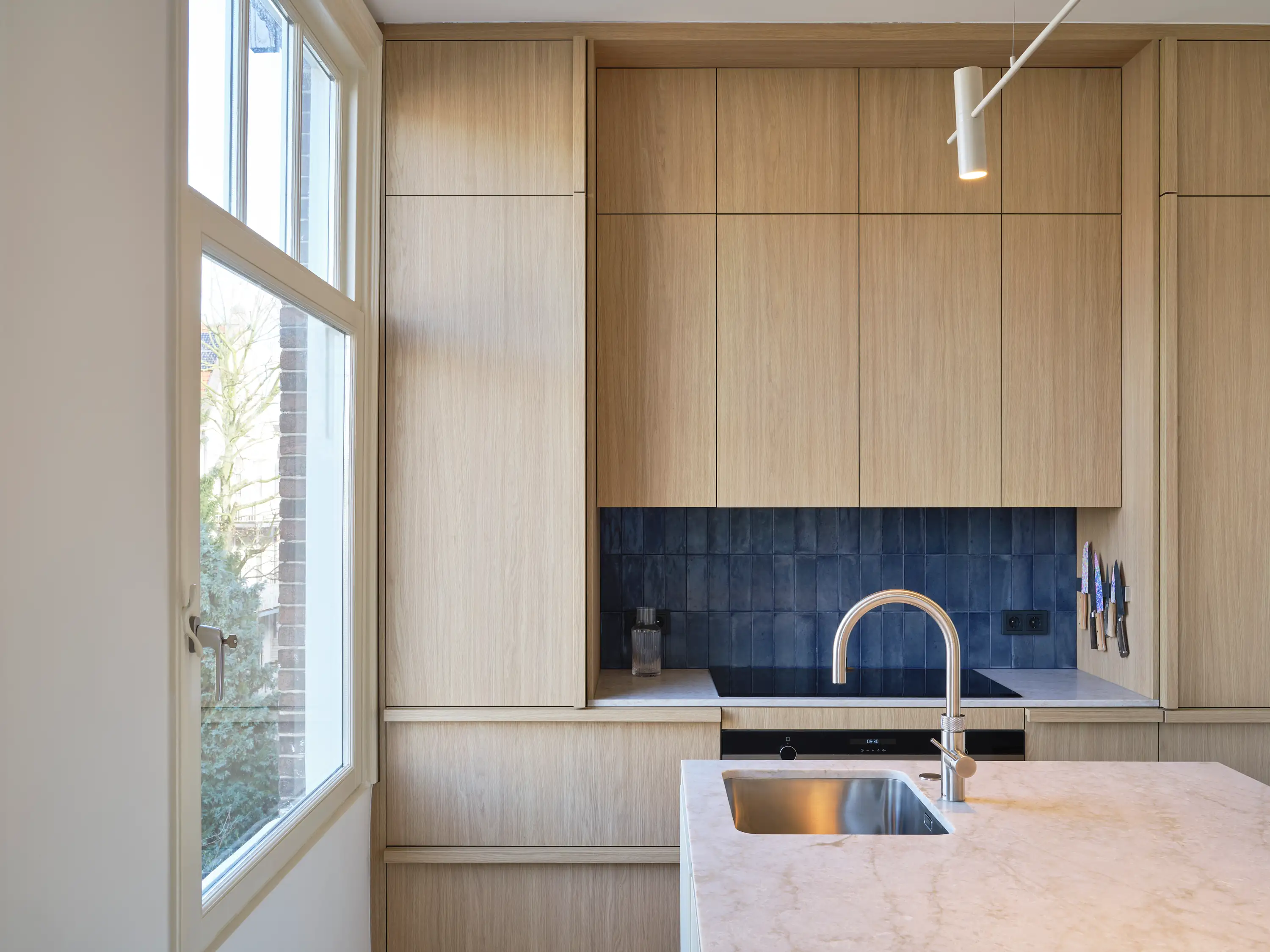

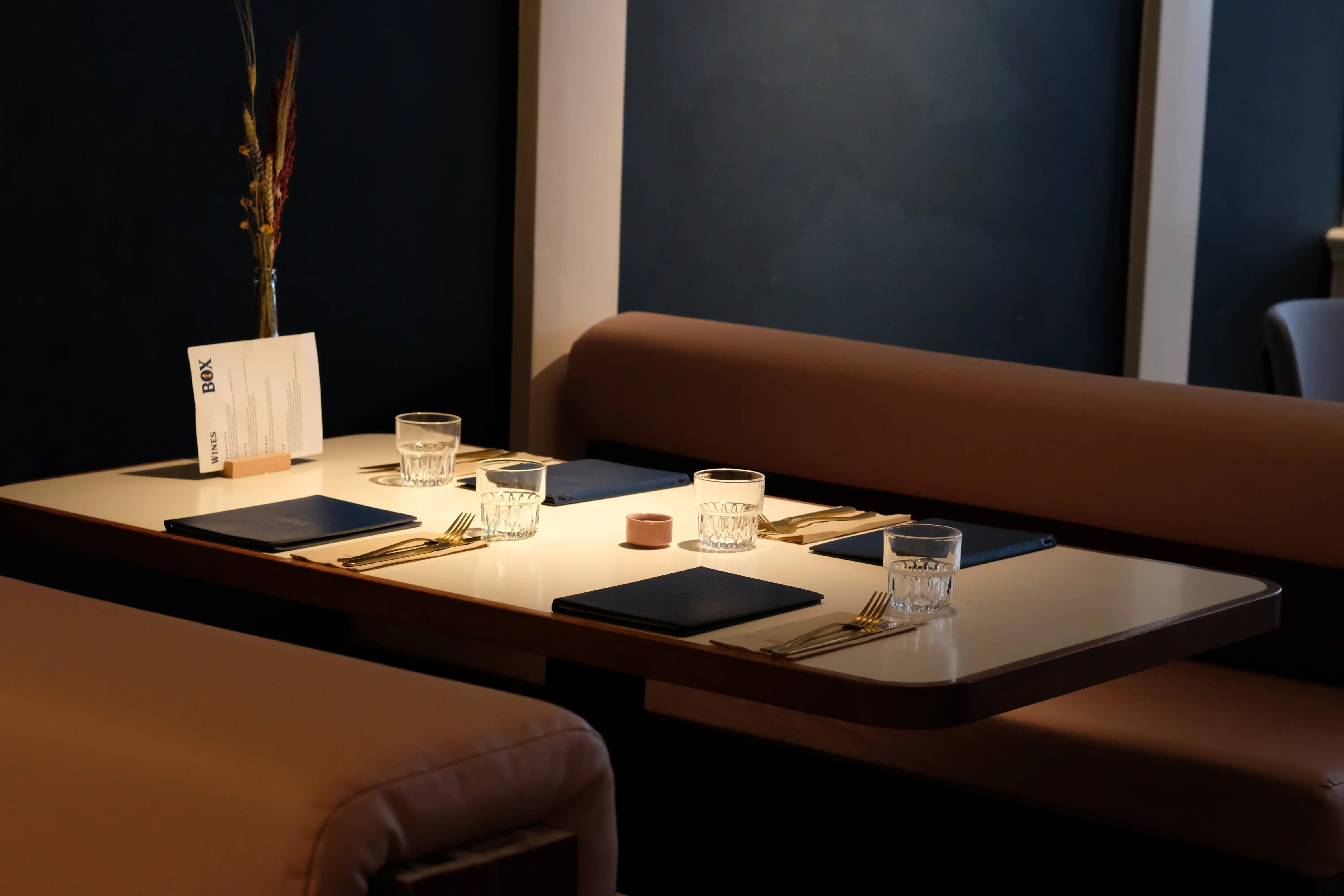


.webp)

%20(1).jpg)
